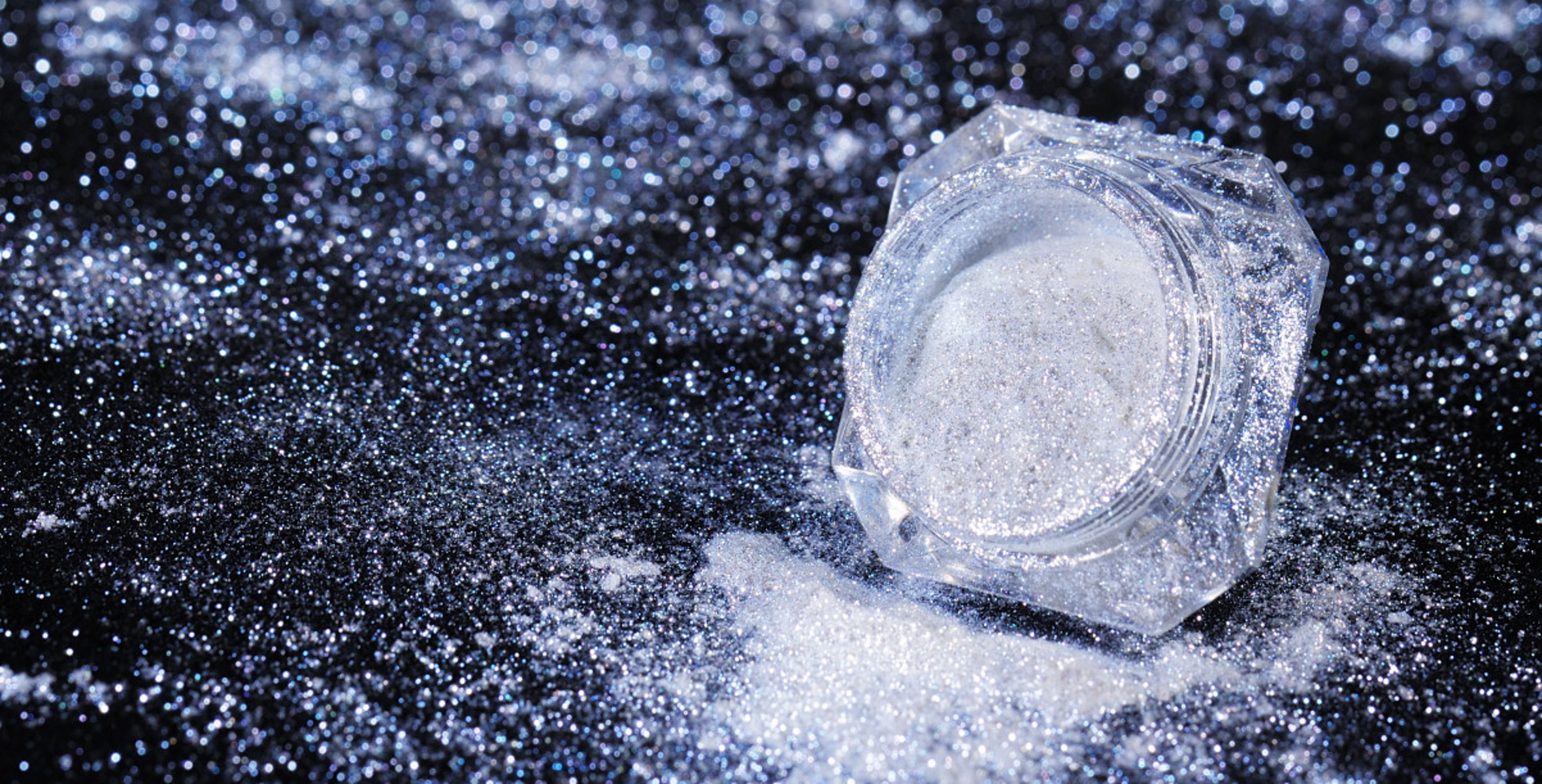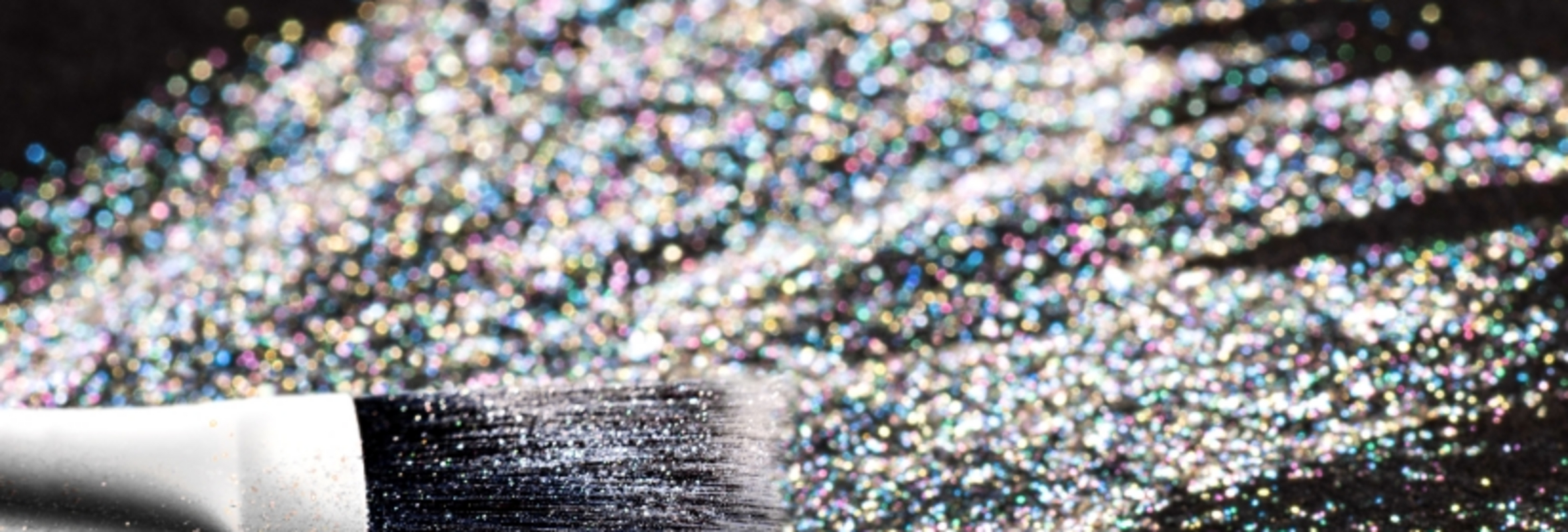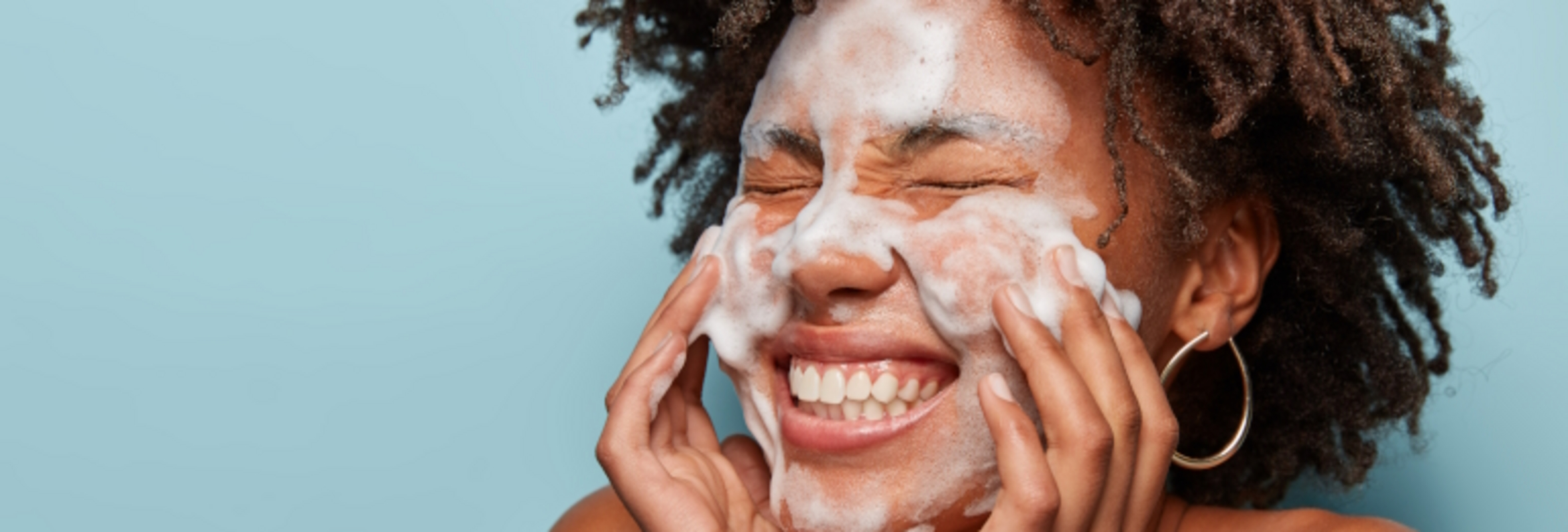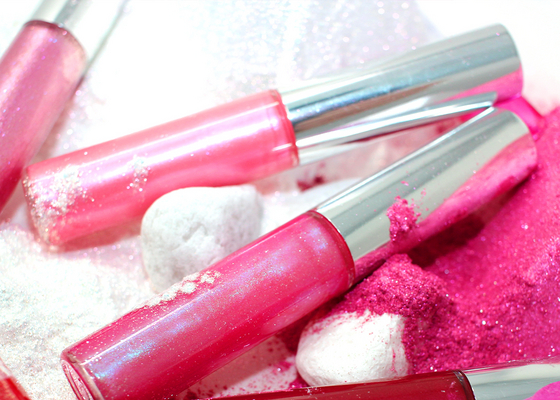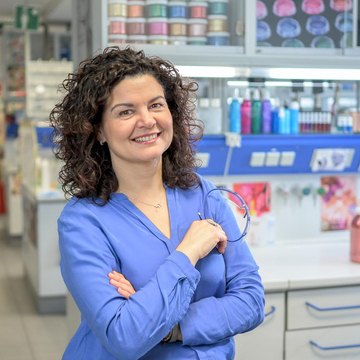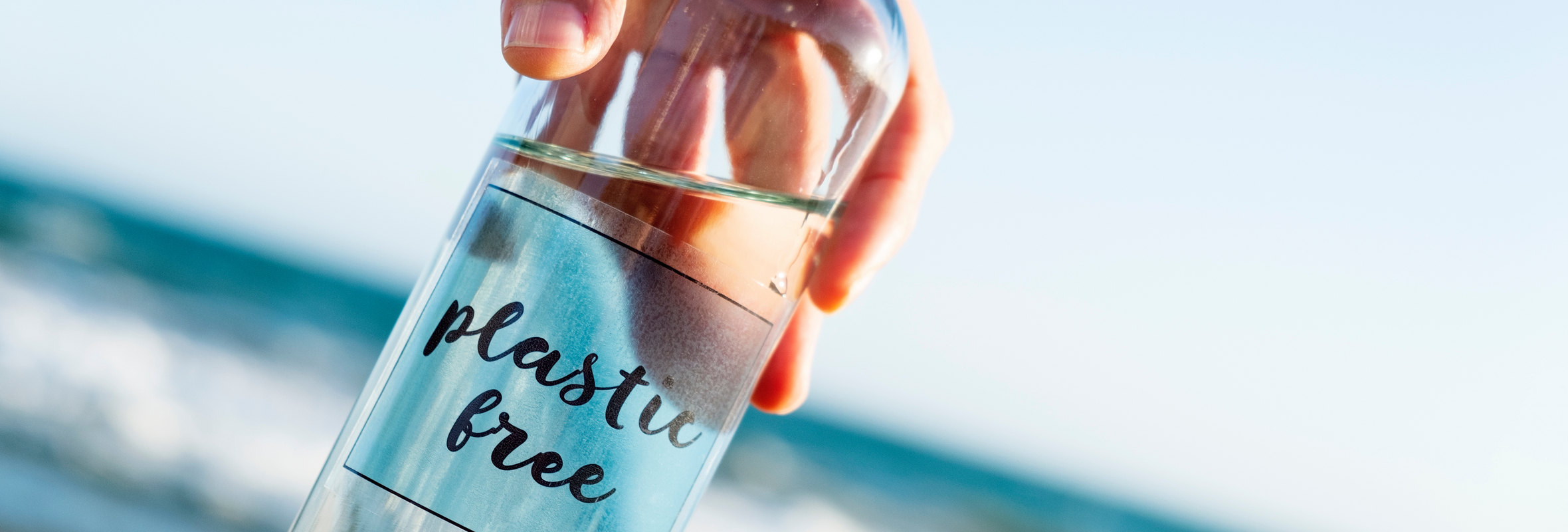Yes, cosmetics have used microplastics, particularly in products like glitter makeup, to create shimmer and glitter effects. These microplastics are often in the form of tiny plastic particles designed to reflect light and give products a sparkling or shimmering appearance.
However, the impact of microplastics in cosmetics, including glitter makeup or personal care products, has led to growing concerns. As a result, many countries and regions have taken regulatory actions to restrict or ban microplastics in personal care products.
For example, the United States passed the Microbead-Free Waters Act in 2015, which prohibited the manufacturing and selling rinse-off cosmetic products containing microbeads. Similar measures have been taken in the European Union and other regions to limit the use of microplastics in personal care items.
In response to these concerns and regulations, many personal care product manufacturers have replaced microplastics with natural alternatives like ground nuts, seeds, salt, sugar, and biodegradable materials to achieve similar exfoliating or texturizing effects while reducing their environmental footprint. These alternatives are considered more environmentally friendly and safer for the environment and human health.
In the case of glitter, microplastic-free alternatives are available, which help achieve sparkling effects in cosmetic products without endangering aquatic ecosystems. Mineral-based effect pigments are one of those alternatives, as they offer high sparkle and are stable in solid and liquid formulations.





